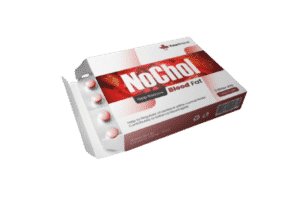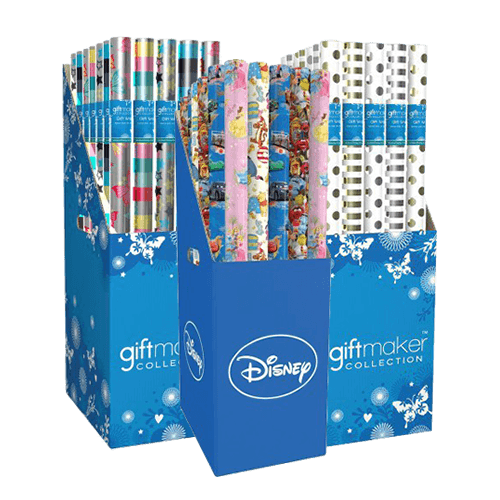Home » How to Manage Tariffs in Pharmaceutical Packaging
How to Manage Tariffs in Pharmaceutical Packaging

For pharmaceutical companies, sourcing packaging has become more complex in recent years. Tariffs on imported materials and printed components are creating pricing pressure, disrupting long-term contracts, and forcing many buyers to rethink where and how they source their packaging.
Whether you rely on overseas suppliers or work with a domestic partner who sources internationally, tariffs can affect the cost and availability of critical packaging components like folding cartons, blister packs, inserts, and corrugated shippers.
Here’s how to understand the impact—and what you can do to stay ahead.
Know What’s Being Taxed
Not all pharmaceutical packaging is affected by tariffs in the same way. Many of the items commonly used in pharma packaging fall under categories that have been hit with tariffs in recent U.S.–China trade actions.
These may include:
- Printed folding cartons and inserts
- Blister pack materials (including PVC and foil)
- Corrugated shipper boxes
- Labels and leaflets
- Some specialty coatings and substrates
Tariff rates can vary, depending on the material, country of origin, and current trade policy. What seems like a small increase per unit can lead to massive cost increases at scale.
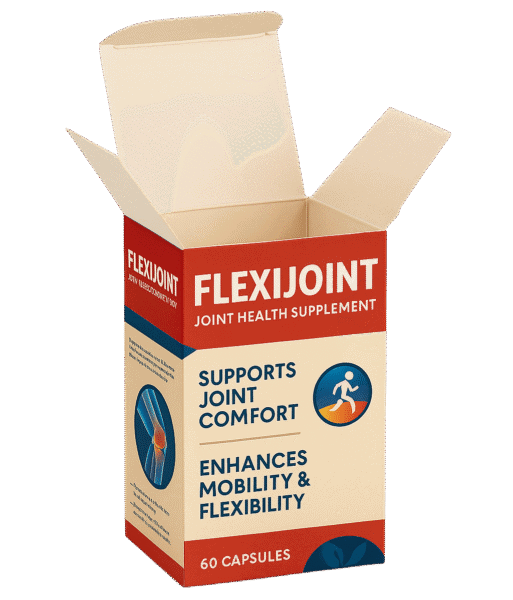
Review Your Supplier’s Origin and Production Model
Even if your supplier is based in the U.S., they may still source raw materials, substrates, or finished packaging components from tariff-impacted countries.
It’s important to ask:
- Where is each component of my packaging produced?
- Does the supplier import printed materials or raw board?
- Are any secondary processes (like lamination or foil stamping) outsourced overseas?
Understanding your true supply chain origin helps you identify where the tariff risks are—so you can plan ahead.
Reevaluate Total Cost of Ownership
Increased tariffs often eliminate the price advantage that used to come with overseas packaging. When you factor in:
- Tariffs
- Rising freight costs
- Port delays and longer lead times
- Quality control or communication issues
You may find that domestic packaging suppliers are now more competitive on both cost and reliability.
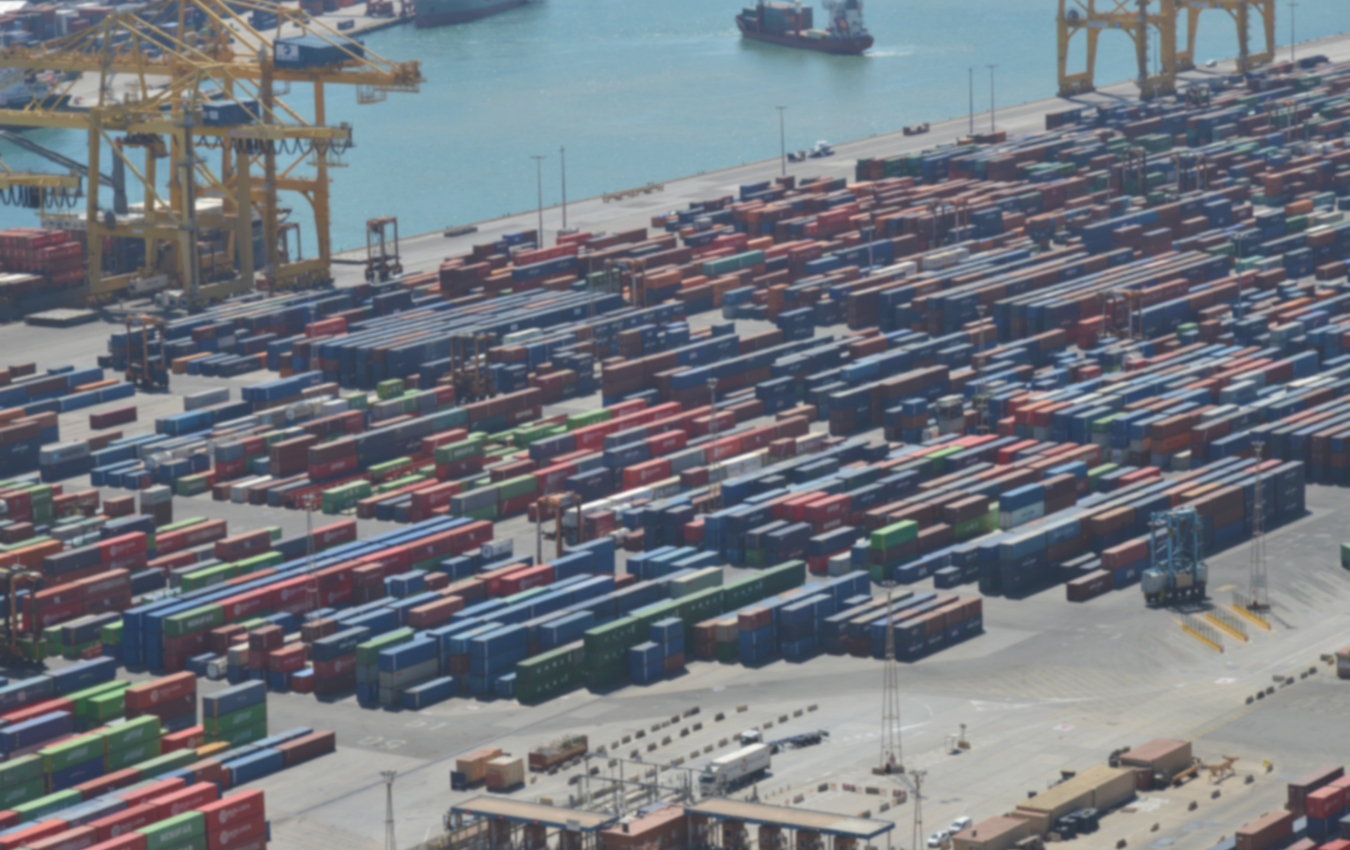
Talk to Your Packaging Supplier About Domestic Alternatives
If you’re concerned about exposure to tariffs, a proactive supplier should be able to:
- Offer U.S.-made or NAFTA-friendly alternatives
- Suggest design or material changes to reduce cost impact
- Help consolidate SKUs or adjust specs to simplify sourcing
- Provide packaging that meets FDA labeling and compliance requirements domestically
Shifting to U.S.-based production doesn’t always mean higher cost—it often brings improved supply chain visibility, faster lead times, and fewer surprises.
Factor Tariffs Into Long-Term Strategy
If you’re renegotiating contracts, launching new SKUs, or scaling production, factor tariff risk into your 12–24 month outlook. Ask your supplier:
- Can they lock in pricing or hold stock domestically?
- Do they have backup sourcing options if trade rules change again?
- Are they monitoring tariff changes and proactively communicating impacts?
Being reactive to tariffs leads to missed margins and production delays. Building flexibility into your packaging strategy now can protect your product pipeline later.
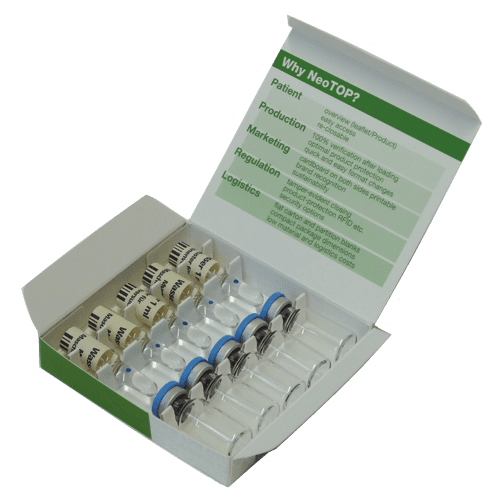
Final Thoughts
Tariffs are no longer a temporary nuisance—they’re a permanent part of global sourcing. For pharmaceutical brands, that means understanding where your packaging is coming from, how trade policy affects it, and what options exist to reduce risk and cost.
Looking for help minimizing tariff exposure on your pharmaceutical packaging?
We can walk you through domestic solutions, supply chain planning, and structural design adjustments to keep your product protected and your packaging program compliant.
Corrugated board comes in multiple flute sizes and wall grades, each designed to balance strength, weight, and cost. Selecting the wrong grade can lead to product damage, excessive freight costs,
As tariff changes reshape global trade, packaging buyers moving production from China to the U.S. or nearshore regions face a new challenge: supplier qualification. Transitioning supply doesn’t end once a
With new tariff proposals and continued trade uncertainty, 2026 is shaping up to be another pivotal year for packaging sourcing strategy. Many companies that shifted production away from China in
Following multiple rounds of tariff changes and trade policy adjustments, 2026 marks a turning point for U.S. packaging buyers. Many who previously transitioned from China to domestic or nearshore suppliers
Home » How to Manage Tariffs in Pharmaceutical Packaging


